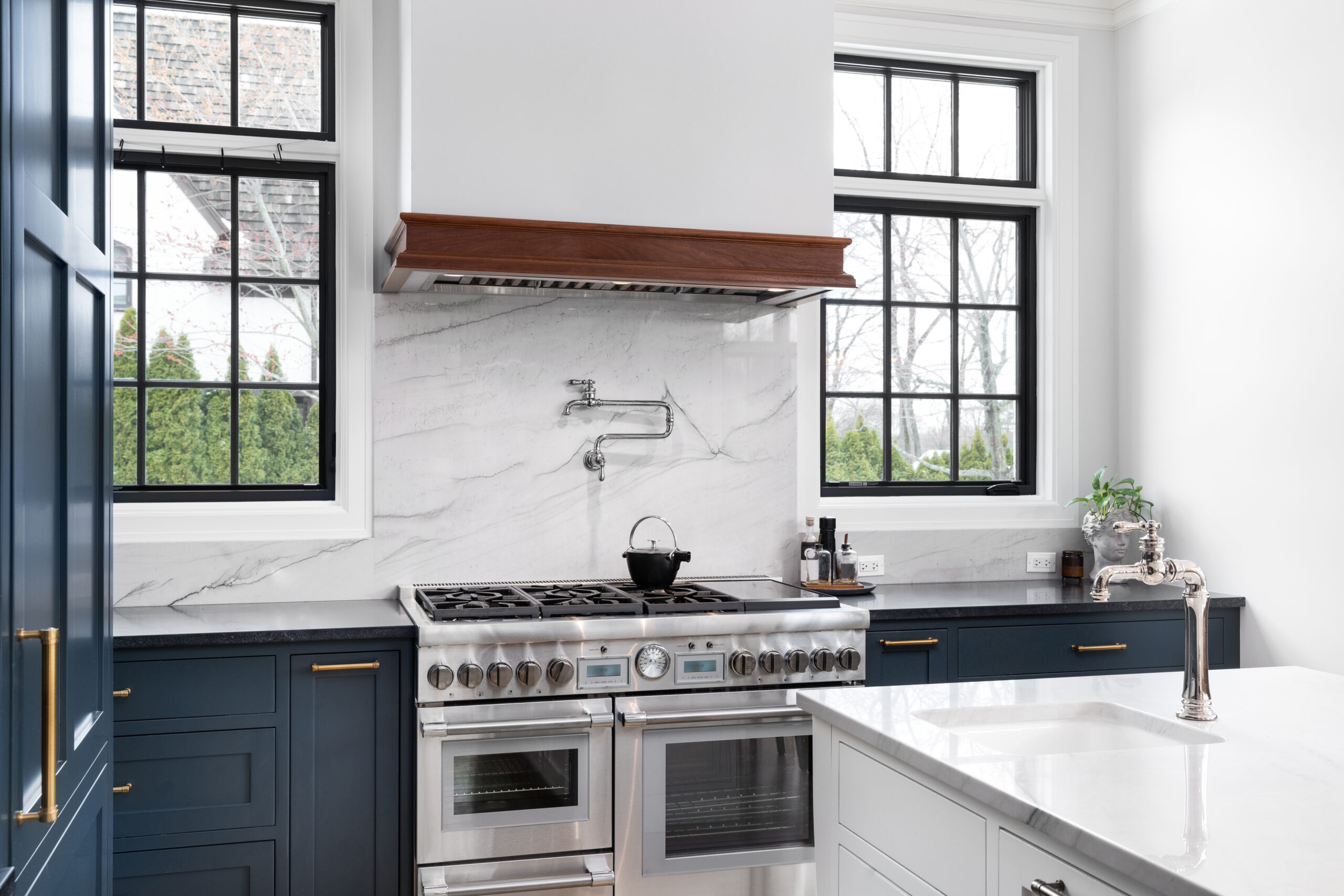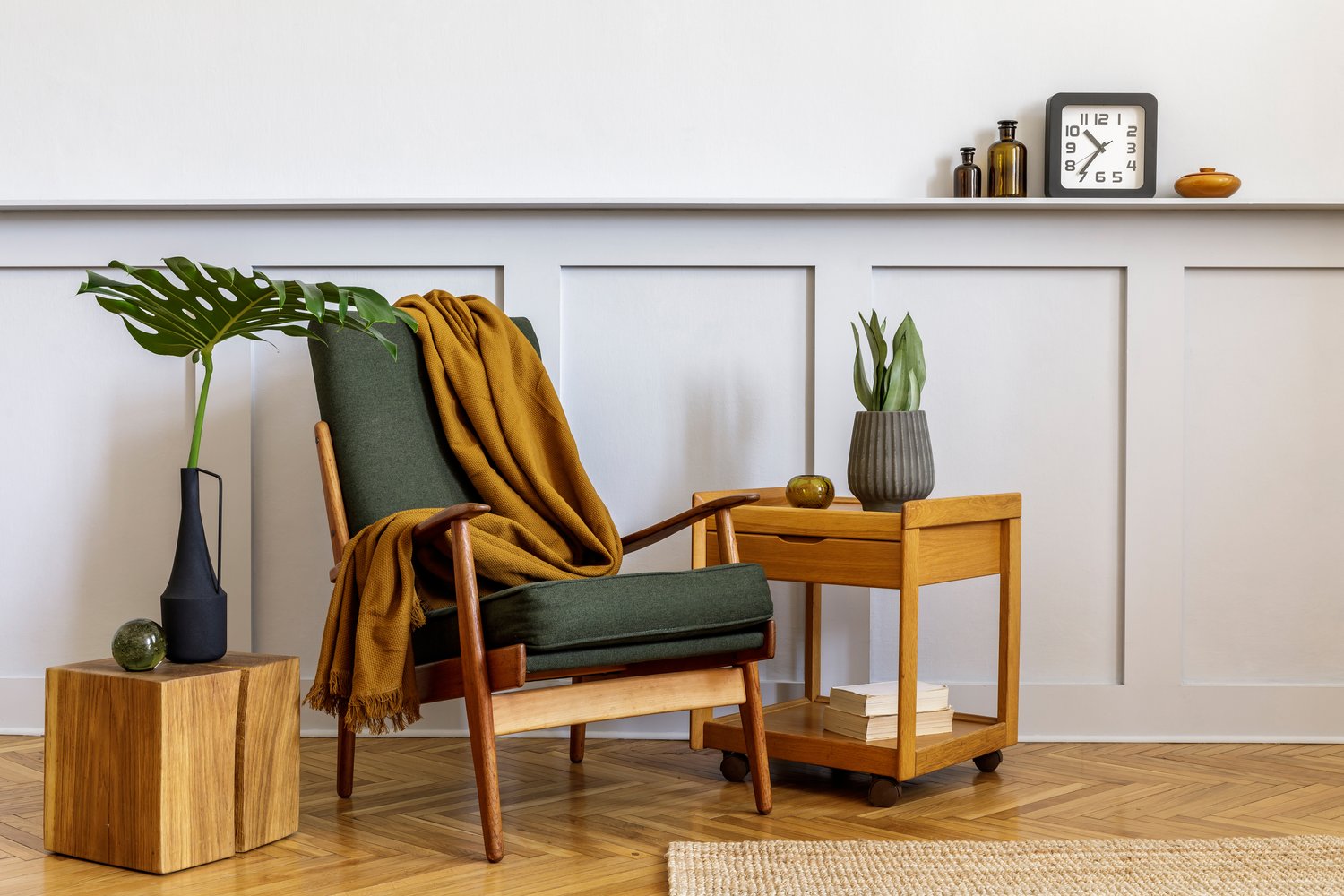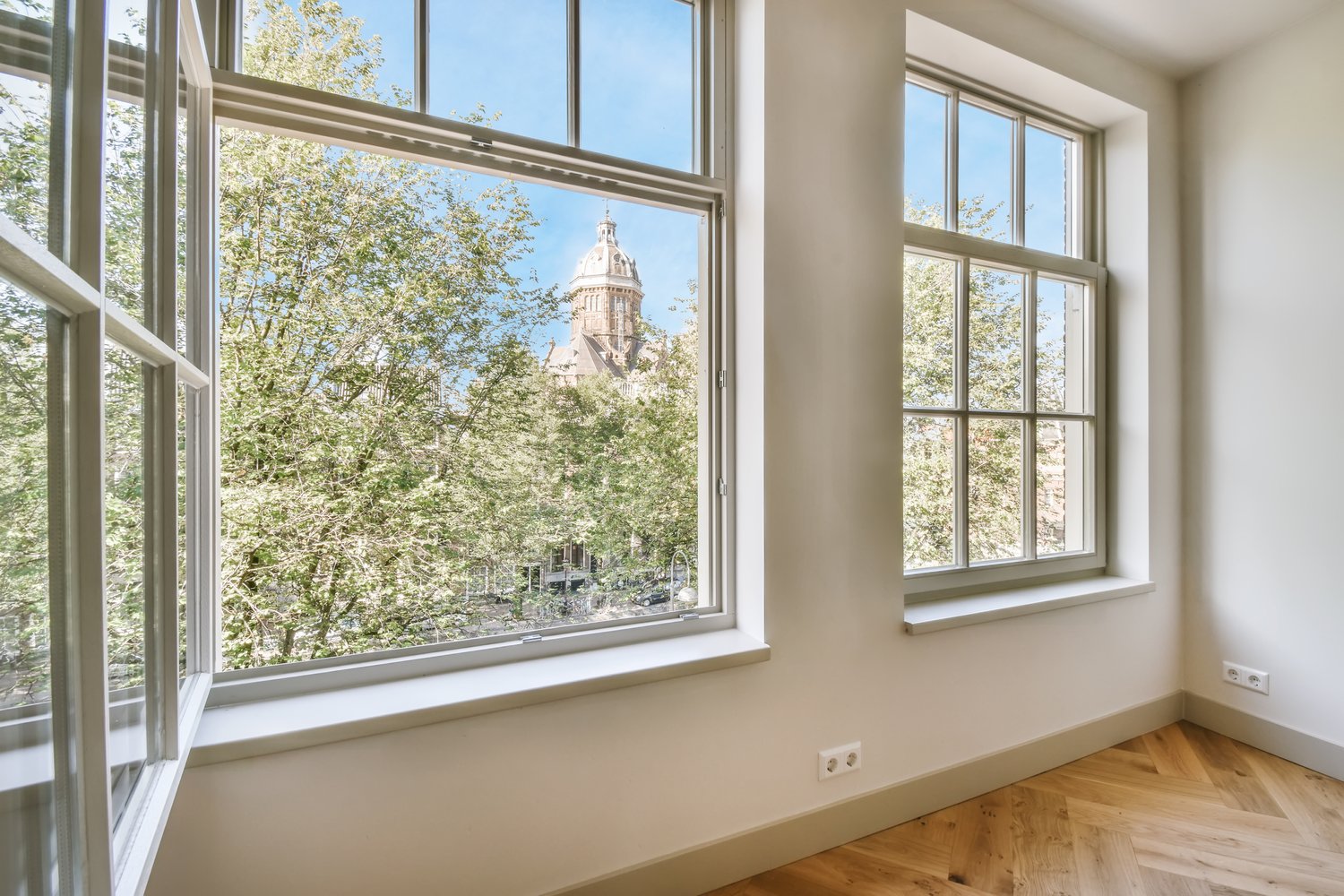Choosing the right window frames for your home is a significant decision that affects aesthetics, energy efficiency, maintenance requirements, and long-term costs. When you compare window frames, three materials dominate the market: uPVC, timber, and aluminium. Each material offers distinct advantages and limitations that homeowners should consider before making a final selection. This article examines the characteristics, benefits, drawbacks, and approximate costs of these popular window frame materials to help you determine which option best suits your specific needs and preferences.
Understanding uPVC Window Frames
uPVC (unplasticized polyvinyl chloride) has become one of the most popular window frame materials in recent decades. This synthetic material offers exceptional versatility and practicality for homeowners seeking a low-maintenance solution. When exploring uPVC windows vs timber options, many homeowners are drawn to uPVC’s affordability. Typically, uPVC windows cost between £500-£900 per window, making them the most budget-friendly option among the three materials.
Beyond cost considerations, uPVC frames provide excellent thermal insulation properties that help reduce energy bills. They require minimal maintenance—simply wiping with soapy water occasionally keeps them looking fresh. Available in various colors and finishes, including wood grain effects, uPVC can suit different architectural styles despite its synthetic appearance. With a lifespan of 20-30 years, these frames offer durability without demanding significant upkeep.
However, uPVC isn’t without disadvantages. The material can fade and become brittle over time, especially when exposed to intense sunlight. Some homeowners find uPVC lacks the premium aesthetic quality of natural materials, and it’s worth noting that older uPVC windows weren’t always environmentally friendly, though modern manufacturing has improved sustainability significantly.
The Timeless Appeal of Timber Window Frames
Timber window frames represent the traditional choice for window materials, particularly in period properties and conservation areas. The natural beauty and authentic character of wood remain unmatched by synthetic alternatives. Wood offers superb insulation properties and, when properly maintained, can last for generations—some timber windows have survived for over a century.
When comparing timber frames to other materials, their environmental credentials stand out. Wood is a renewable resource with minimal carbon footprint when sourced responsibly. For homeowners concerned about sustainability, this factor alone often tips the scale in timber’s favor. Additionally, damaged sections can be repaired rather than requiring complete replacement, extending their service life.
The main drawbacks of timber frames involve maintenance requirements and cost. Expect to pay £900-£2,000 per window for quality timber frames, making them significantly more expensive than uPVC options. They also require regular maintenance, including repainting or varnishing every 3-5 years to prevent rot, warping, and insect infestation. Without this care, timber frames can deteriorate quickly in harsh weather conditions, potentially leading to costly repairs. As experts at AskHomey often point out, the long-term maintenance costs should be factored into your decision when selecting the best window material for your home.
The Modern Appeal of Aluminium Window Frames
Aluminium window frames represent the contemporary choice, particularly popular in modern architectural designs. These frames offer exceptional strength despite their slim profile, allowing for larger glass areas and maximizing natural light. When evaluating aluminium window frames against alternatives, their outstanding durability becomes apparent—they can last 40+ years with minimal maintenance.
Unlike timber, aluminium won’t rot, warp, or crack over time. It’s also fire-resistant and highly recyclable, addressing environmental concerns from a different angle than timber. Modern aluminium frames incorporate thermal breaks to address historical insulation issues, though they still don’t match the natural insulation properties of timber or quality uPVC.
Cost-wise, aluminium frames typically range from £800-£1,700 per window, positioning them between uPVC and high-end timber options. While they require little maintenance beyond occasional cleaning, the initial investment is higher than uPVC. Some homeowners find the industrial aesthetic of aluminium unsuitable for traditional properties, though powder-coating in various colors offers some design flexibility.
Making Your Final Decision
When determining the best window material for your home, consider your property’s architectural style, your budget (both initial and long-term), local climate conditions, and personal maintenance preferences. For period properties, timber might be the most appropriate choice despite higher costs. Contemporary homes often benefit from the sleek lines of aluminium, while uPVC offers a practical middle ground suitable for many situations.
Remember that quality varies significantly within each material category. Premium uPVC frames perform better than budget timber options, while high-quality installations of any material typically outlast poorly installed alternatives. Consider seeking quotes from multiple suppliers and installers to ensure you’re comparing equivalent quality when evaluating different materials.
The right window frames enhance your home’s appearance, improve energy efficiency, and can even increase property value when selected thoughtfully. By understanding the strengths and limitations of each material, you can make an informed decision that serves your home well for decades to come.
For more tips and to connect with reliable home service professionals, follow AskHomey on Facebook and Instagram.



